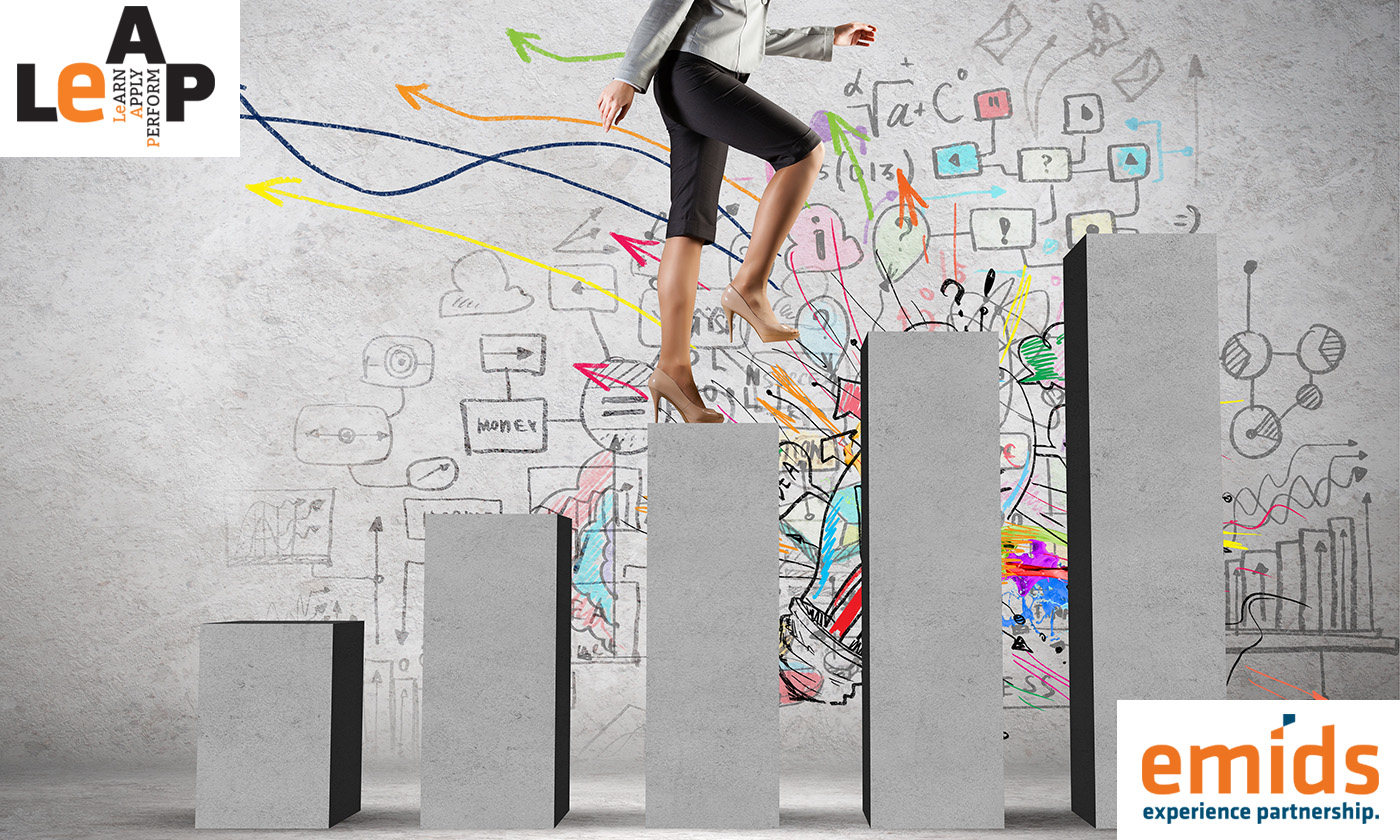Over the past decade, gamification has increasingly influenced different aspects of the professional world. Right from employee engagement, customer loyalty, learning, to recruitment – gamification has its footprint everywhere. The healthcare industry is also riding this wave. The proliferation of wearables and health/wellness apps is clear evidence. It is predicted that in 2016, businesses will spend $2.6 billion on gamification.
What is the healthcare industry seeking to achieve?
Ari Lightman of Carnegie Mellon University’s CIO Institute says, “With their miraculous ability to take complex data and make it meaningful, games are the perfect tool to engage consumers. Better engagement in health can make a real difference. More activated patients achieve better results.” According to Gaming to Engage the Healthcare Consumer report by ICF International, the main drivers for the healthcare industry are:
- A shift towards a value and outcome based healthcare, where the focus is on prevention of diseases.
- A consumer-based business model, where the idea is to design healthcare as per the consumer’s needs.
- Tapping into the Gen-Y pool, allowing easy and early initiation of millennials into healthcare.
How has gamification really impacted these drivers?
- Improved patient adherence, with respect to goals and schedules of behavior change. Gamification has been successful in areas like weight loss and self-improvement, helping the consumer build emotional, mental and physical resilience. An interactive game called ‘Packy and Marlon’ helps children manage their diabetes effectively, bringing a 77% reduction in their urgent care and emergency clinical visits. Kids who played the camp-themed game were 4 times less likely to require urgent care than children who didn’t play the game.
- Improved care transitions during hospital discharge: 20% of patients in the U.S. discharged from hospitals experience an adverse outcome. But half of this is preventable. Thus, to fine-tune discharge planning, UC Medical Centers deploy short quizzes called Qstream twice a week to patients’ mobile devices. Leader boards make for a competitive spirit and an adaptive delivery engine personalizes questions based on how they’re answered. Engagement level with these quizzes is upwards of 94%, making the discharge process highly personalized and effective.
- Improved recovery from addiction related disorders, through a networking based behavioral change program called OneRecovery. Piloted by five large national health plans, this online program provides a space for members to share stories and work on their recovery. Participants are incentivized to earn points and badges to achieve health goals. Since 36% of social network users leverage other consumers’ knowledge before making healthcare decisions, this program has reduced readmissions and total healthcare costs related to alternative care management.
Given its ability to make such impact, we know for sure that gamification is here to stay. The industry needs to match the right gaming techniques to the right wellness challenges, and that’s the key to make healthcare not just fun but also effective.








